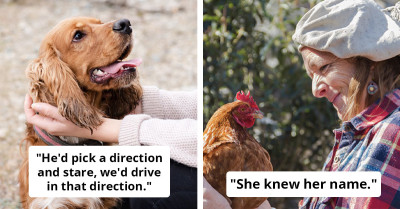So You Want A Pet That Fits Your Life? 46 Candid Warnings You’ll Be Glad You Read First
There is a moment many of us know too well. You see a photo. A small face looks back at you with the kind of trust that melts all logic. You picture morning walks, soft purrs on a rainy night, a little shadow following you from room to room.
We reach for pets because we crave company and routine and joy. And we get those things. Often in ridiculous, heart-warming amounts.
But there is another side you only learn by living it. The food bills that outpace your own groceries. The 3 a.m. panic when a door is left ajar. The sudden silence after years of noise and hair and muddy paws. Pets turn houses into homes, yet they also rearrange your time, your budget, your travel, even your furniture. Some are gentle comedians. Some are athletes in need of a job. Some are toddlers with wings who know how to open a padlock.
So we asked real owners one simple question you wish more people asked themselves before adopting. What would you warn someone about your type of pet. Their answers are funny, blunt, and deeply loving. Think of this as the truth you deserve before you meet the face you cannot say no to!
1. "When you adopt a dog, it's for the rest of their life, not just whenever you stop finding them fun."
"If you aren't going to commit to caring for a dog properly—providing fresh food and water daily, regular yearly vet visits and vaccinations, treating them as part of the family, and emergency visits as needed—then don't get one."

2. "Peacocks are beautiful creatures..."
"But they are violently territorial and can deliver a vicious, bloody blow—often inadvertently, especially during mating season."
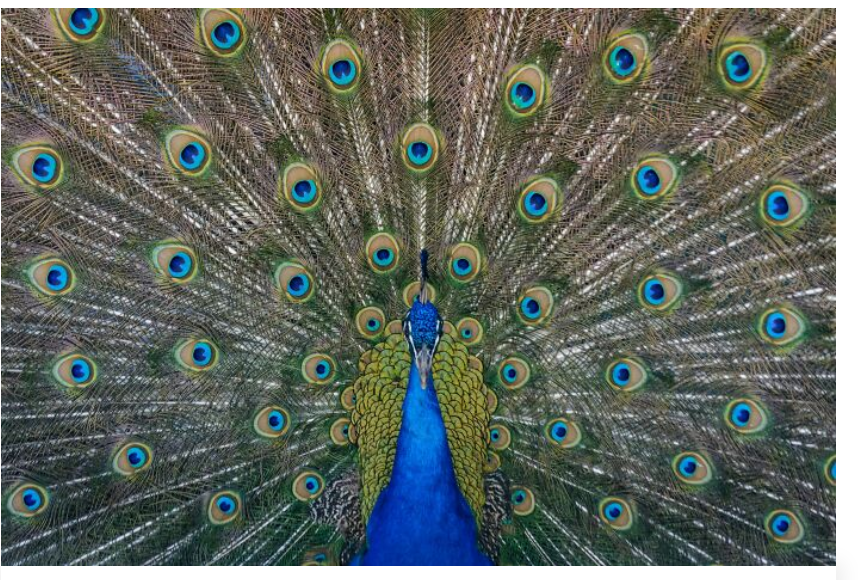
3. "Do your research before getting a tarantula."
"Some species are wonderfully docile with weak venom, while others are super fast, super aggressive little escape artists with venom strong enough to harm your curious cat. And don't think kitty can't get at Mr. Spider—I once had a six-month-old kitten smash a huge, heavy glass enclosure to pieces by somehow knocking it off a shelf. Thankfully, Lady Eats-a-lot was a big softie who was woefully unprepared to become a play toy. (Poor girl didn't survive.)"
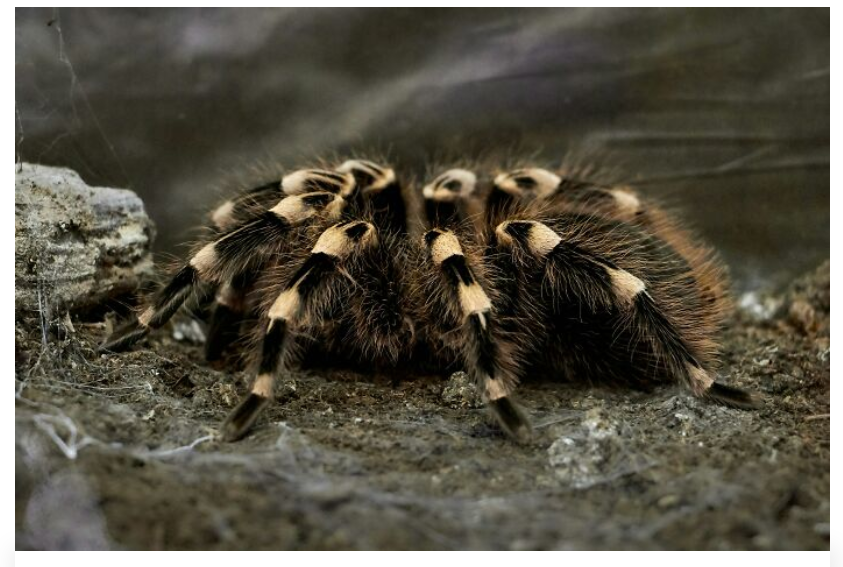
Understanding Pet Ownership Responsibilities
Dr. Patrick Mahaney, a veterinarian and pet health expert, emphasizes the importance of understanding a pet's needs before bringing one home. He advises potential pet owners to consider not just the initial excitement but also the long-term commitment involved.
According to Dr. Mahaney, many people underestimate the time and financial investment required for pet care, including regular veterinary visits and proper nutrition. He suggests creating a detailed plan that includes the pet's daily care requirements, budget for food and healthcare, and time allocated for training and companionship.
4. Guinea pigs are not starter pets. There’s a lot more care and expense involved than people realize.
"You’ll be cleaning poop every day, changing bedding at least once a week, and providing fresh vegetables daily along with hay—which is necessary to keep their teeth healthy. Cage size matters too; the ones sold at pet stores are usually way too small, especially if you have multiple pigs.
That said, they all have different personalities, are little cuddlers, and are great for just chilling on your lap. Basically… tiny hobbits."
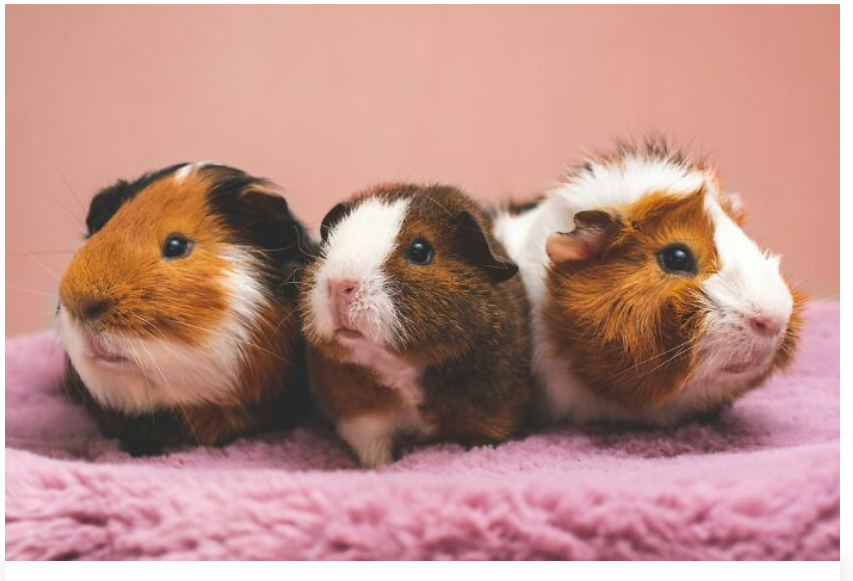
5. “The meal that costs half your paycheck and earns you exactly one tail wag.”
"You will spend more time and money ensuring the quality of their food than you do on your own."

6. Bearded dragons! Adopt, don't shop!

A common misconception about pet ownership is that it is purely a joy-filled experience. However, behavioral experts note that many animals exhibit unpredictable behaviors that require training and patience.
Dr. Karen Becker, a proactive veterinarian, points out that pets can develop behavioral issues if not properly trained or socialized. She encourages prospective owners to research their chosen species and breed thoroughly. Understanding their behavioral traits can help mitigate future challenges, ensuring a harmonious relationship between the pet and family.
7. “Once the cat falls asleep on you, your day’s productivity officially ends.”
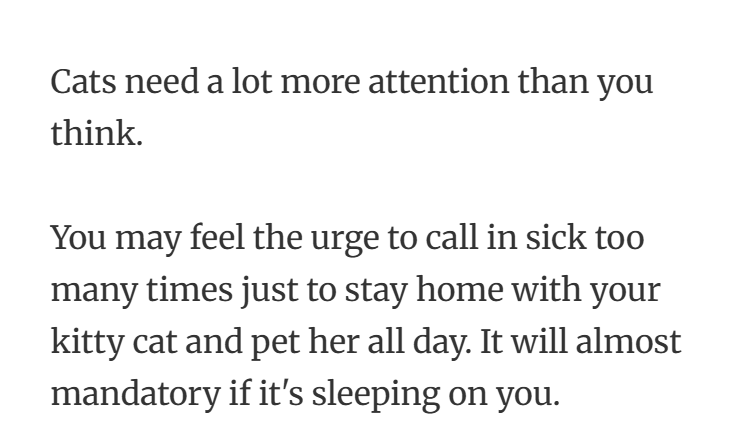
8. "I’m currently typing this with Roll on my shoulder—a green-cheeked conure (“GCC”), not an actual bread roll or anything."
"I adore my birds, but birds aren’t for everyone.
In a previous thread, I mentioned how I completely avoid non-stick pans because the fumes can k**l birds extremely quickly. You also can’t spray perfume or deodorant near them—again, because of the fumes. Scented candles and incense are out too. That’s probably the main thing I miss now that I have birds again.
Birds, in general, are bred to be pets, but they aren’t truly domesticated the way a puppy is. Even if they love you, you’ll probably get bitten at some point, depending on the type of bird you own. My GCC, for example, adores me and hides from everyone else, but he still bites me and draws blood regularly. My cockatiels are gentler—they’ll give what I’d call a “friendly nibble” before biting harder. Honestly, I’ve never been properly bitten by them because the nibble is usually enough.
So, what would you tell someone considering a pet you have lots of experience with? I was thinking about getting a dog, but posts here convinced me I wasn’t ready. I’m sure I’m not the only one in this position, and I’d love to hear others’ thoughts."
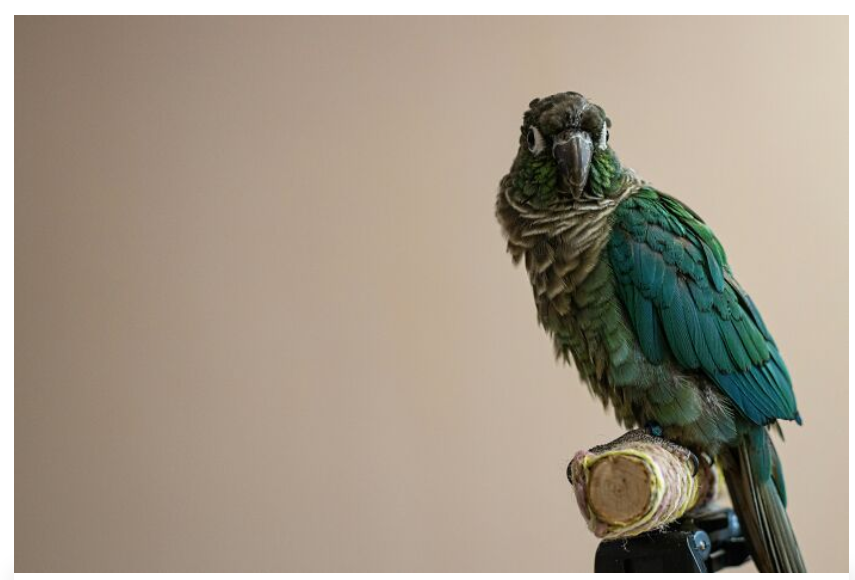
9. “They look like marshmallows but act like demolition experts with attitude.”
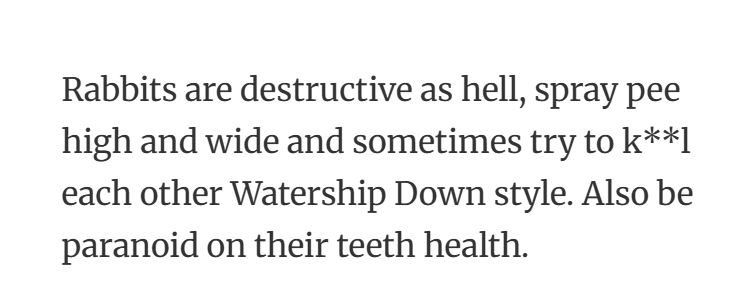
Financial Considerations in Pet Ownership
Financial planners emphasize the often-overlooked costs associated with pet ownership. The American Society for the Prevention of Cruelty to Animals (ASPCA) estimates that the average cost of owning a dog or cat can exceed $1,000 annually, factoring in food, vet visits, grooming, and supplies.
Experts like Suze Orman remind potential pet owners to budget realistically. She suggests creating a pet care fund that allocates a portion of monthly income to cover these expenses. This proactive approach helps prevent financial strain later and ensures that pets receive the care they need.
10. "Hi! Shelter volunteer here — three big pieces of advice I always share:"

11. “They’ll steal your heart, then hiss at you for noticing.”

12. "I rescued a Dalmatian from the local shelter. Her previous owner was neglectful and wouldn’t feed her, so she was half the size she should have been and only a quarter of the expected weight."
"At her age, she should have been about 60 lbs (27 kg), but she was only 19 lbs (8 kg). Here’s what I discovered:
• Food insecurity: She will always be food insecure. If she’s awake, she’s looking for food. If I let her eat as much as she wants, she will eat until she vomits—and then eat the vomit. It’s heartbreaking to watch. Even though she’s well fed now, she’s always scared she won’t get her next meal. She will eat anything she can get her mouth on. I have a gate to keep her out of the kitchen; otherwise, I’d have to hide everything remotely edible. She even ate a cake wrapped in tin foil—foil included.
• Hearing issues: Dalmatians are often deaf, and she fits that profile. She doesn’t know her name and won’t respond to noises or verbal commands. On the bright side, she’s not afraid of fireworks or thunderstorms. On the other hand, I’ve had to spend a lot of time and money developing alternative training methods. I even hired a professional to help me safely take her for walks without risking injury and ensure I can call her back if she gets outside.
• High energy: Dalmatians have a lot of energy. They need plenty of time to run and burn off energy. They also like to chew, so make sure to provide plenty of toys. I rotate her toys so they feel fresh and fun to play with.
• Sweet personality: She is the sweetest dog on earth, and I love her to death."

Dr. Julie Buzby, a veterinarian and founder of ToeGrips, highlights the significance of understanding a pet's physical needs. Many pets, especially older ones, experience mobility issues that can significantly impact their quality of life.
She suggests that potential pet owners consider the home environment before adopting. Modifications such as non-slip rugs and ramps can make a home safer for pets with limited mobility. These adjustments help ensure that pets can navigate their surroundings comfortably and safely, reducing stress for both the pet and owner.
13. "dogs: money (I pay 120€ a month for a 22kg dog. addtionally there are emergencies like vet visits. operations or chronic illnesses can be thousands a year)"

14. "Before getting my type of pet, I’d warn people to really think about the time, energy, and responsibility involved. Pets aren’t just cute companions — they come with:"

15. "I have crested geckos (Correlophus ciliatus), and one thing people don’t realize is that they are arboreal—they like to climb and hide a lot."
"Pet shops often sell very small vivariums, which don’t offer much space or height. I always recommend getting the tallest vivarium possible, with lots of places for the gecko to hide, such as artificial plants, hides (coconuts are perfect), and so on.
One last piece of advice: be prepared for the long haul. Cresties have an average lifespan of 10 to 15 years, so they are a long-term commitment."
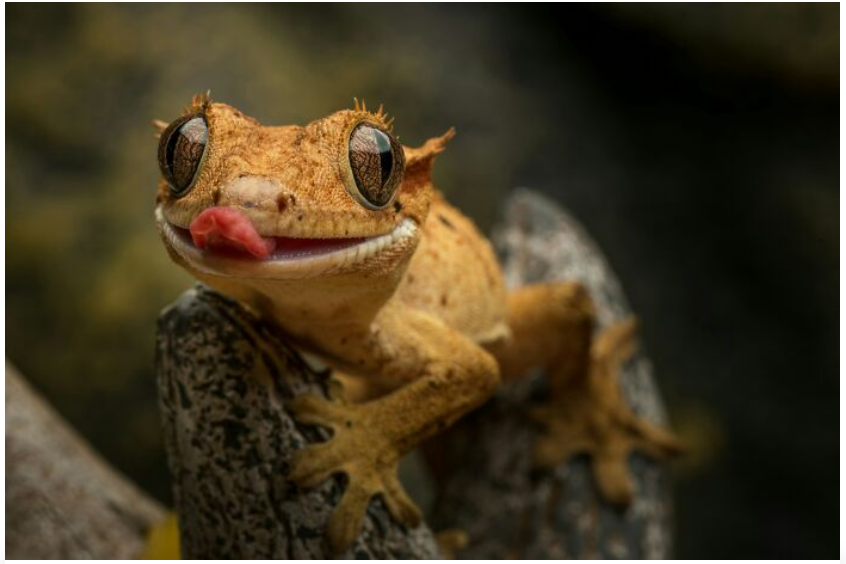
Time Investment for a Fulfilling Experience
Dr. Melissa McKee, a pet behaviorist, notes that time is one of the most critical aspects of pet ownership. She advises that potential owners realistically assess how much time they can dedicate daily to their pets, including playtime, training, and socialization.
Her research indicates that pets thrive on routine and interaction. Creating a structured schedule that includes time for walks, play, and training can help foster a deep bond between pet and owner. This commitment not only enhances the pet's life but also enriches the owner's experience.
16. "Vaccines are a yearly thing, so if you want to have a pet, be prepared to budget for them."
"Also, have insurance or set aside pet funds for unexpected trips to the vet. I have three doggos, and they’re part of my monthly salary—haha!"
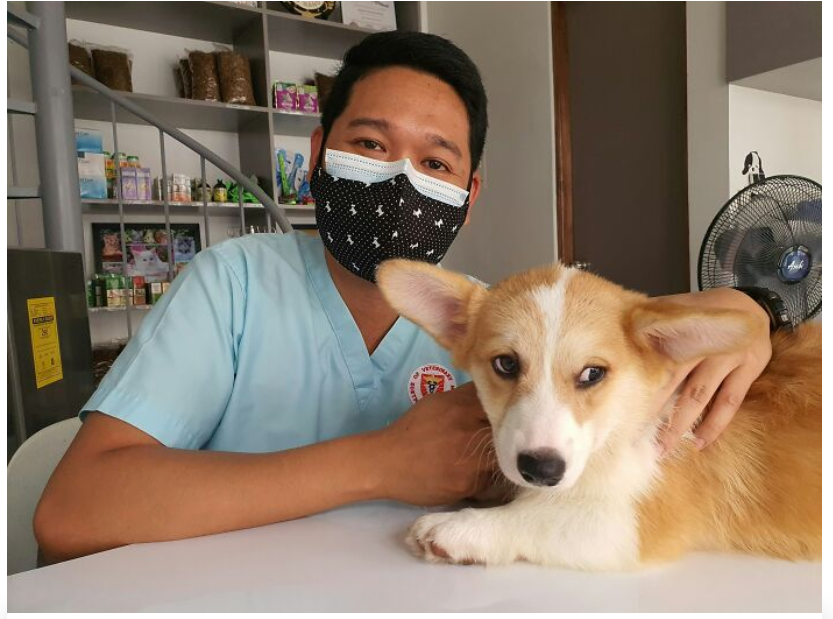
17. "I’ve had rats and degus, and they are wonderful pets—smart, fun, clean, and they’ll bond with the family like tiny dogs!"
"Both species must live in pairs at a minimum. Start with three, if possible—I learned that the hard way. It’s possible to introduce more, but both rats and degus are quite territorial, and it’s a long process with a good chance it won’t work.
They need big cages, as large as you can possibly provide, lots of toys, and—most importantly—time with people, as in hours. They can be trained to do simple tricks, which is fun for both you and them!
Degus will chew through anything, so their cage must be all metal. Rats are slightly better behaved but can also chew destructively if bored. Degus can live 8–10 years, so they’re a long-term commitment, and their diet is very specific—you’ll need to learn their nutritional needs.
Cages must be kept very clean (weekly cleaning, bedding changes, and disinfecting surfaces) or it will stink. Oh, and both species are probably noisy at night.
All worth it, I promise!"
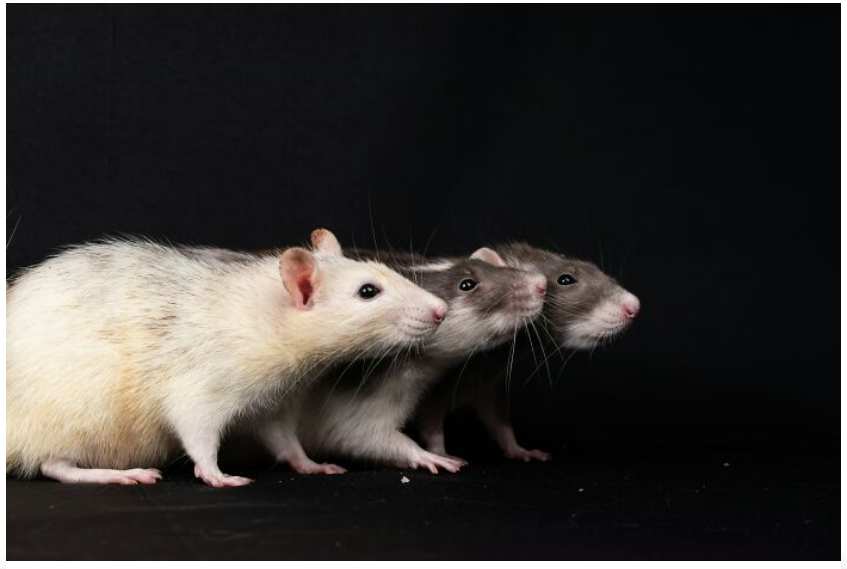
18. Rabbits love to chew and dig.
"We had to cover all the wires in the house (spicy hay works) and move all the small toys out of reach. His favorite thing to play with is a paper bag, which costs us pennies compared to the toys he ignores. We keep a few bags in his playpen, and he’s perfectly happy."
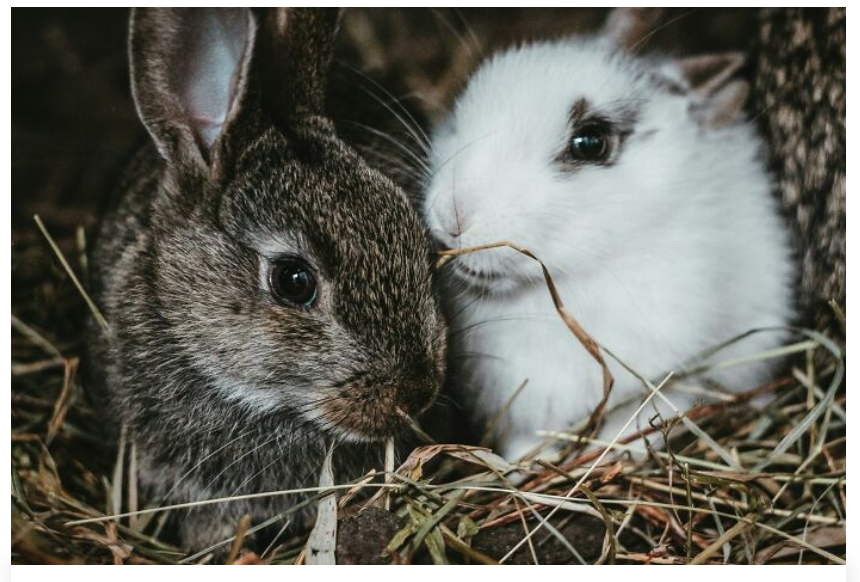
Dr. Angela Duckworth, a psychologist known for her work on grit and perseverance, suggests that the challenges of pet ownership can build character. She notes that facing these challenges head-on can teach valuable life lessons about responsibility and resilience.
Duckworth emphasizes that the ups and downs of caring for a pet can mirror life's broader challenges. By viewing pet ownership as an opportunity for growth, owners can learn patience and adaptability, which can be beneficial in other areas of life.
19. "Chihuahuas are more than an accessory. They are very smart but stubborn and usually bond with one person more than the whole family."
"Be prepared for health issues—my first one had teeth problems and then heart issues, and my current one is suffering from tracheal collapse, even though I only use harnesses and never a collar.
But they are incredible companions, loving to be next to you and to touch you. Lexie loves to sit on my chest and put her face in front of mine, which makes watching TV a bit tricky.
They need to know that you are in charge; otherwise, they try to take control, which can lead to aggressive or bitey behavior. They have no idea how small they are and will boss larger dogs around.
Love them."

20. "All that stuff you’ve heard about Belgian Malinois? All those memes you’ve seen about the breed?"
"Yeah. It’s true. It’s all true. You can’t handle a Malinois. You may think you can, but you can’t.
What’s that? You’ve had German Shepherds for decades, so you’re prepared? Cool, cool. But no—you still can’t handle a Belgian Malinois.
It’s like owning an F1 car as your everyday vehicle for driving to work and the grocery store. Except you can at least turn off an F1 car and take the keys out. You can’t turn off a Belgian Malinois."

21. “Personal space? Never heard of her. Only full-contact cuddles here.”

The Emotional Commitment
Dr. John Bradshaw, an anthrozoologist, explores the emotional bond between pets and their owners. He argues that understanding this bond is crucial for potential pet owners, as it influences the overall well-being of both parties.
Bradshaw recommends that individuals assess their emotional readiness for the companionship and potential heartache that comes with pet ownership. Having a pet can bring immense joy but also sadness when they age or pass away. Preparing for this emotional journey can help owners cope better with the inevitable challenges.
22. “Consent culture, but with claws.”
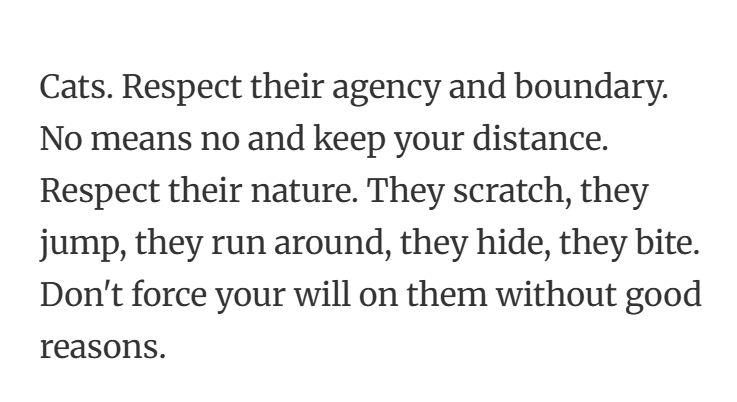
23. "Ferrets. Cute, funny, playful, affectionate. BUT… too intelligent for their own good and safety. They have the intelligence of a toddler and are extraordinary problem solvers."
They are never reliably litter-box trained. If you allow them into a room once, they will always want back in—sometimes digging through carpet and padding just to squeeze under the door.
They steal and stash things. Females mostly create secret food stashes, like in dresser drawers. Males go for socks and similar items. They must inspect the bottom of every cup, full or empty, often tipping it over to do so.
And the scariest part: if they escape the house, they are brave and bold enough to approach any other animal—size be damned—to say “howdy.” The terror of not being able to find your little carpet shark after checking the whole house and running around outside calling for them… then you come back inside, and there they are, sleepily blinking at you, wondering what all the excitement was about.
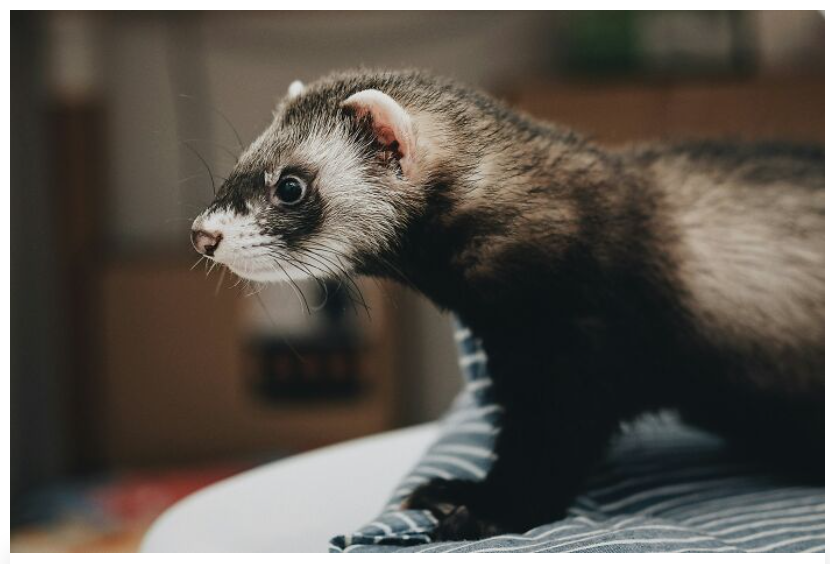
24. "I always wondered why my cat seemed to love water."
"I’d had cats my entire life and had never seen any of them enjoy water like Lucy.
I had to tighten all my taps as much as possible every time I left the house—and she’d still find a way to open them. I’d come home from work to find her running around my flat, soaking wet and loving it. She’d even jump into my bath water if I left it unattended for a second.
It wasn’t until she got sick that a vet told me she was a Turkish Angora, a breed known for their love of water and affinity for joining people in their baths!"
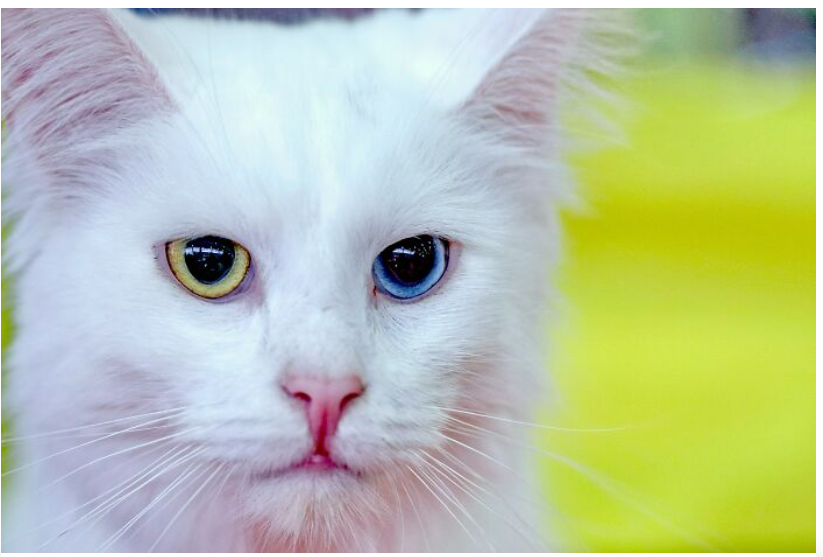
Dr. Ian Kerner, a sex therapist, highlights the often-overlooked impact of pets on relationships. He suggests that couples should discuss their expectations and concerns about pet ownership before making a commitment.
Research shows that pets can strengthen family bonds but can also introduce stress if partners have differing views on pet care. Open communication about responsibilities and roles can mitigate conflicts, ensuring that both partners feel aligned and supported in their decision to welcome a pet into their lives.
25. Border Collie: extremely high energy.
"Don’t get one unless someone has the time and energy to keep up with them. They are also prone to seizures."

26. “Blink once, lose your hoodie, anger the shadow.”
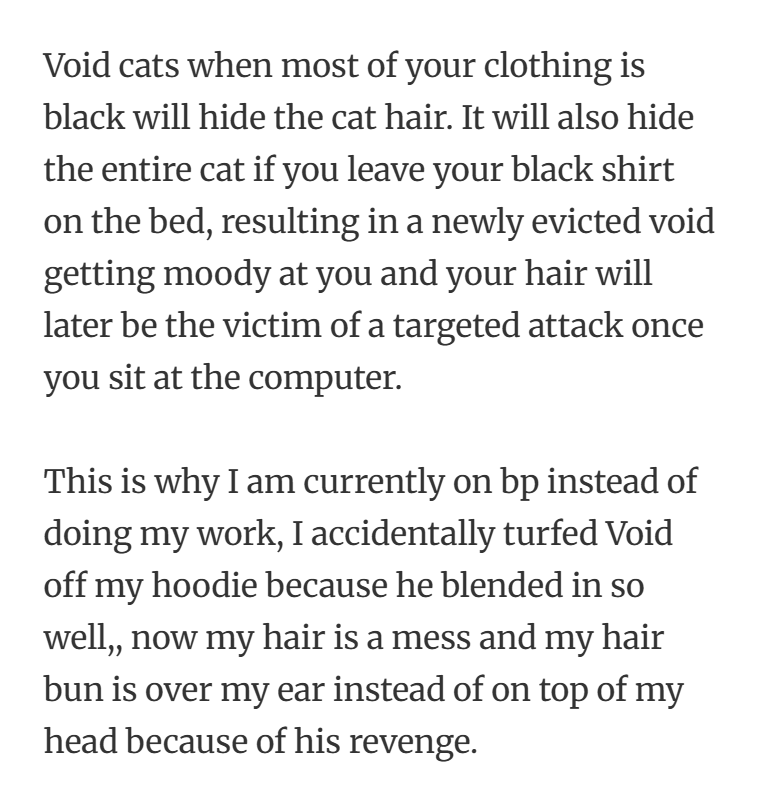
27. Pets are a major responsibility.

Socialization Needs of Pets
Dr. Sophia Yin, a veterinarian and animal behaviorist, emphasizes the importance of socialization for pets. She advises potential owners that early exposure to various environments, people, and other animals can prevent behavioral issues later on.
Dogs, in particular, benefit from puppy classes and playdates. Dr. Yin's research indicates that socialized pets tend to be better adjusted and less prone to anxiety or aggression. Owners should actively seek opportunities to expose their pets to diverse experiences to promote healthy social behaviors.
28. “They bark, they howl, they narrate your every move.”

29. "To anyone who hasn’t been around indoor pets before, such as cats or dogs, please know that they do shed."
"There will be cat (or dog) hair on just about every surface in your home—and on you, too.
Another important consideration, especially before adopting a cat, is to think ahead 20 years. Many cats can live that long, and some even longer.
Because of my age, I won’t be adopting cats again. I’m not sure I’ll be around in 20 years, and what will happen to them if I’m not?"
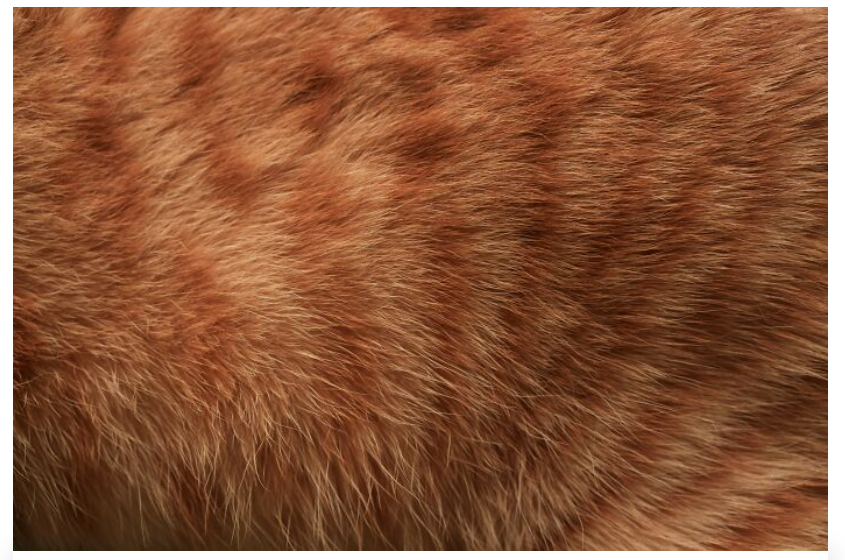
30. Long-haired Maine Coon.

According to Dr. Temple Grandin, an animal behavior expert, understanding animal behavior is essential for a successful pet-owner relationship. She advises prospective owners to research their chosen breed's typical behavior traits and needs.
Her insights reveal that mismatched expectations can lead to frustration on both sides. For example, high-energy breeds require more exercise and mental stimulation. Dr. Grandin suggests that owners tailor their care approaches to meet their pet's unique needs, ensuring a happier coexistence.
31. "Tortoises, especially Hermanns, are escape artists—they will climb fences."
"They will chase you, bite your toes, and sneak up on the cats to nibble their tails.
They are complete and utter cookwombles. Needless to say, I love mine to bits."
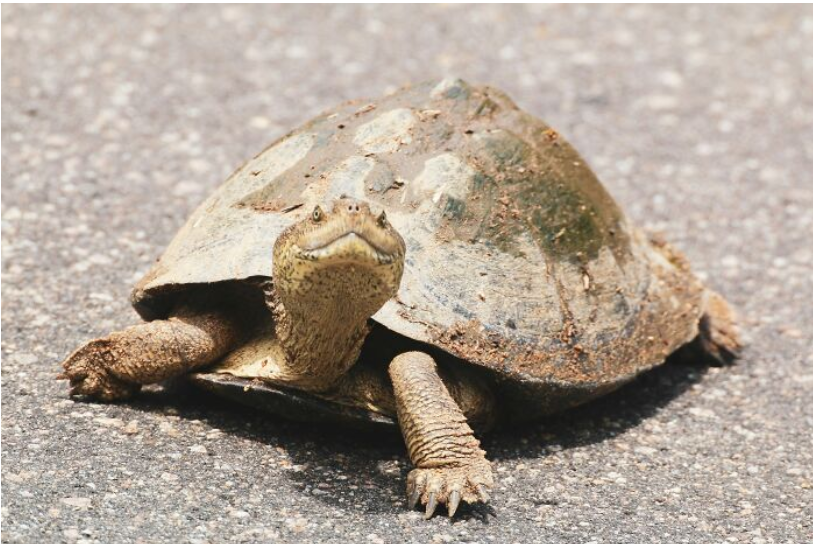
32. “Small body, huge ego, and enough fur to knit a second corgi.”

33. “Owning a Bengal isn’t pet care, it’s customer service with claws.”

Adopting from Shelters
Many experts encourage adopting pets from shelters rather than purchasing them. Dr. Ellen Jefferson, a veterinarian and shelter director, highlights the importance of this choice in combating the pet overpopulation crisis.
Adopting from shelters not only saves lives but often comes with the benefit of receiving a pet that has been spayed or neutered and vaccinated. Dr. Jefferson emphasizes the need for potential owners to consider the joy of giving a second chance to a deserving animal.
34. "These birds are highly intelligent and will challenge you in ways you'd never imagine."
"They need to be active, to interact, and to have various toys and playgrounds—otherwise, they develop behavioral and health issues, such as screaming or feather-plucking. If you cannot match their energy, get them a bird companion.
They are very messy and require daily cleaning. They can—and will—chew, break, or destroy things in your house, even when they have plenty of toys. That’s because they are extremely curious and like to explore your house (which, by the way, is now theirs).
They bite—often drawing blood (even budgies can do that). Even if you’ve earned their trust, they can still bite for reasons you can’t foresee: they may be hormonal, want to be left alone, dislike something about you (clothes, color, hairdo, perfume), or be upset that you’re eating without sharing. Or it could just be bedtime—and that’s totally unacceptable.
They are loud. In the wild, parrots communicate with loud calls; they call, chirp, whistle, and mimic sounds to express themselves. If you want a quiet pet, don’t get a parrot.
They have a long lifespan—up to 30 years or more for medium-sized parrots such as Senegal, conures, and caiques. Talk about a lifelong commitment…
The joy and color they bring to your life is absolutely amazing. However, if you cannot handle what I’ve mentioned above, you might want to consider getting another type of pet."
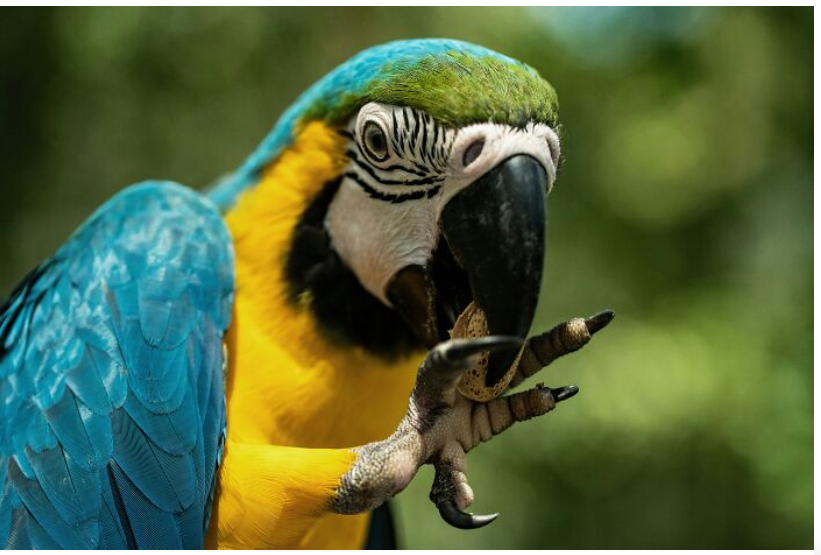
35. “Owning a pug means you’ll never sleep alone—or in silence.”

36. "I found the sweetest rabbit, who had been left behind by her owners."
"I had to adopt her a buddy, though, because rabbits are not happy alone. But if one of them dies, I’ll have to get another one again. You see where this is going? I’m stuck with rabbits forever!"
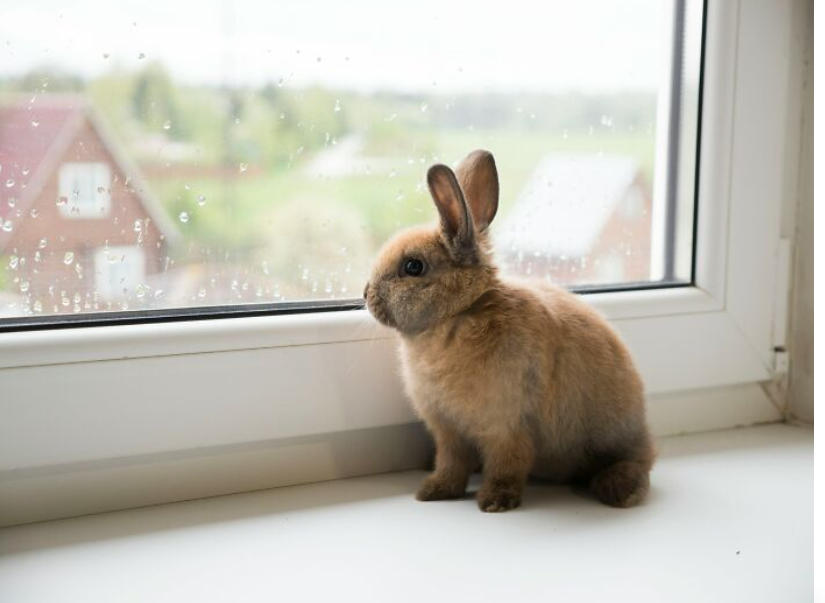
Veterinarians like Dr. Lisa Lippman stress the significance of routine veterinary care for pets. She suggests that potential owners budget for regular check-ups, vaccinations, and preventive care to ensure a healthy, long life for their animals.
Dr. Lippman points out that neglecting these aspects can lead to serious health issues down the line, resulting in costly treatments. Establishing a relationship with a trusted veterinarian early on is key to successful pet ownership.
37. "If you get a Golden Retriever, be prepared for a goof. They love to play and cuddle, and they get their feelings hurt easily, so go easy on the reprimands."
"They will follow your commands when taught and are easy to train because they are such pleasers and jokers.
My wife and I have adopted many Golden Retrievers over the years, and each one had its own personality. They were all joys in our lives."

38. Cats: Learn their body language. Learn how to interact.
"They are not dogs and show affection, trust, fear, and stress very differently. Cats are subtle. Cats do care—they are not aloof or uncaring.
Hence My Cat From Hell, where the cat educates the owners, not the other way around.
This is the most important thing: cats respond to how you treat them."
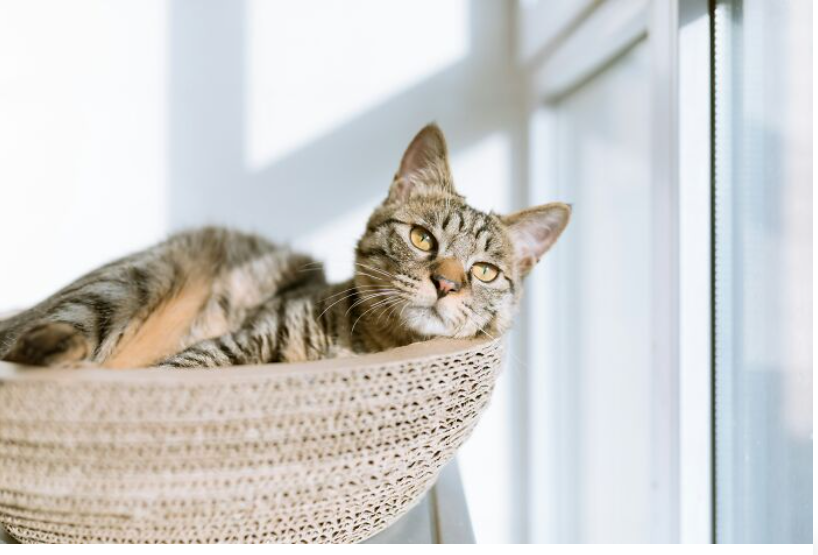
39. Apart from the usual caveats about costs, be warned about dachshunds.
"I have three (had four until recently). I found training my Siamese cats easier than training dachshunds. They’re known to be extremely stubborn, and toilet training is a slow process.
Mad Max was nearly two before he had reasonably reliable recall. Jasper has none—and he’s seven. He does come back, but only when he’s had enough. He once wandered for nearly three hours in my local woods. I gave up and went back to the car park with the others. Much later, he came trotting out, wondering what all the fuss was about.
I can only let him off the lead in a safe area. I tried a couple of trainers, but saw no improvement.
However, I wouldn’t be without them."

The Impact of Pets on Mental Health
Research supports that pets can have a profound impact on mental health. Dr. Sonja Lyubomirsky, a happiness researcher, notes that pets offer companionship and unconditional love, which can significantly reduce feelings of loneliness and depression.
Her studies indicate that interacting with pets can release oxytocin, the 'love hormone,' in humans, promoting feelings of happiness and wellbeing. This emotional boost can be particularly beneficial for people experiencing stress or isolation.
40. There is no such thing as a “tame” reptile. Some will get used to being handled; some won’t. Even the ones that do can still cause damage unexpectedly.
If you want to keep reptiles, take advice on species and prepare their environment well in advance. Don’t just buy a cool-looking snake on a whim and spend weeks preparing the terrarium, planting foliage, letting it bed in if necessary, and checking temperatures and humidity to ensure stability. Read up thoroughly on reptile diseases and care. Snakes and lizards often have unusual issues that aren’t readily identifiable. Source your animal from a reputable supplier. Reptiles are among the most illegally trafficked animals in the world, and buying from the wrong person can land you in serious trouble. Avoid venomous reptiles at all costs. Leave Gila monsters, vipers, cobras, and the like to professionals
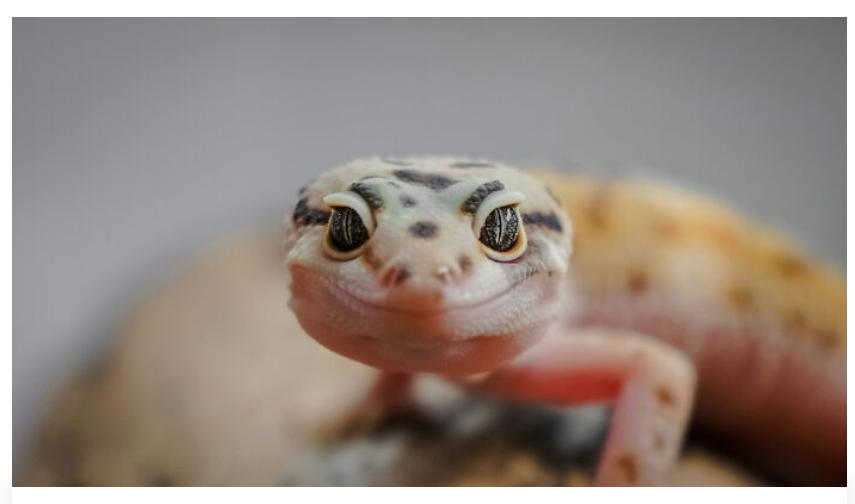
41. "I have a West Highland Terrier. Budget for vet bills—almost all of them suffer from skin issues."
"As much as I love my boy, I would not recommend a Westie to a first-time dog owner. Although they are very bright, they are also quite stroppy and can be very hard to train."
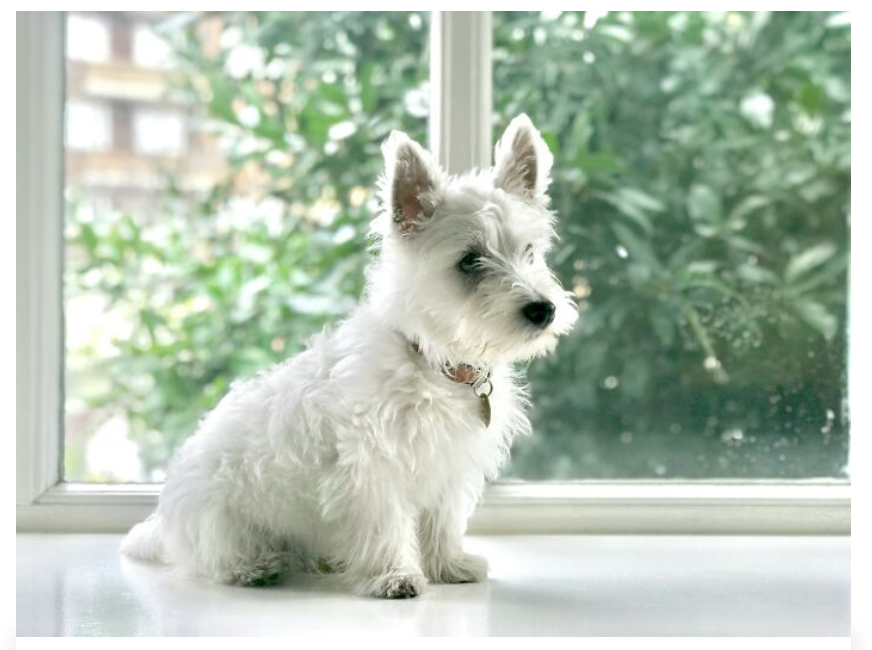
42. "Bengal cats. My friend has them; I’ve only cat-sat. Don’t get me wrong—they’re beautiful and amazing cats, but there are many Bengal rescues for a reason. Super smart and curious."
"Things my friend has dealt with:
• No longer owns anything breakable—no vases, no knickknacks.
• Child locks on all outside doors, cabinets, fridge, and freezer. Prior to the locks, the cats pulled all the food out of the freezer while she was at work—more than once.
• Pulled up vents in the floor and tried to go inside.
• Pulled paintings off the wall to see what’s behind them.
• Fell into the bath multiple times while walking on the shower rod.
• Stole my gum (mint) out of my purse.
• Took my wallet out of my purse to get the gum.
• Opened the door and left the vet exam room while people were talking.
When I sat for them, they threw a huge tantrum—purposely pushing a block of knives off the counter—because I wouldn’t let them outside (on the balcony) in the middle of the night.
These are not just cats—they are a full-time job."
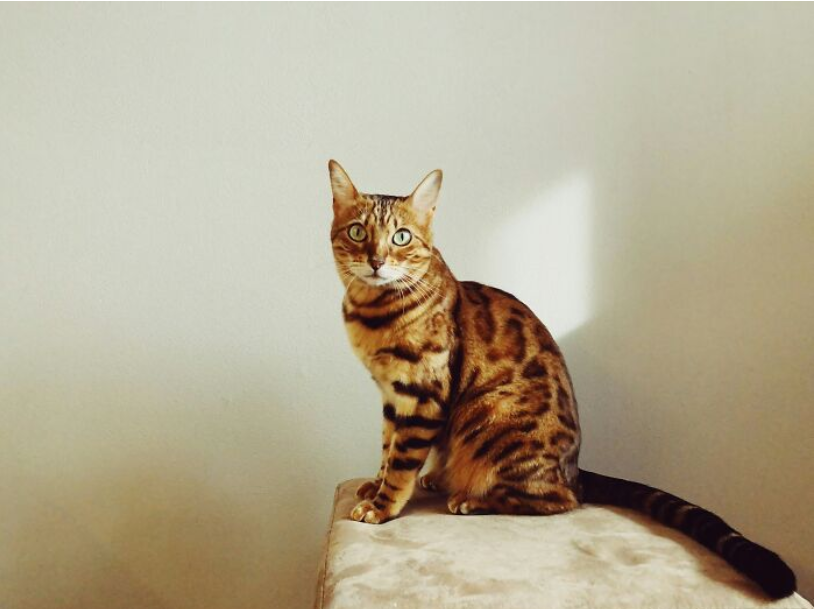
Finally, the importance of ongoing education about pet care cannot be overstated. Experts like Dr. Brian Hare, a canine cognition researcher, stress that understanding how dogs think can improve training methods and strengthen the owner-pet bond.
Dr. Hare encourages owners to continually seek knowledge through books, online courses, or workshops focused on animal behavior and care. This ongoing learning helps owners adapt to their pet's changing needs, fostering a longer, happier relationship.
43. Orange cats: they’ve either never seen The One Brain Cell in their lives, or they’re diabolical geniuses.
There is no in-between.
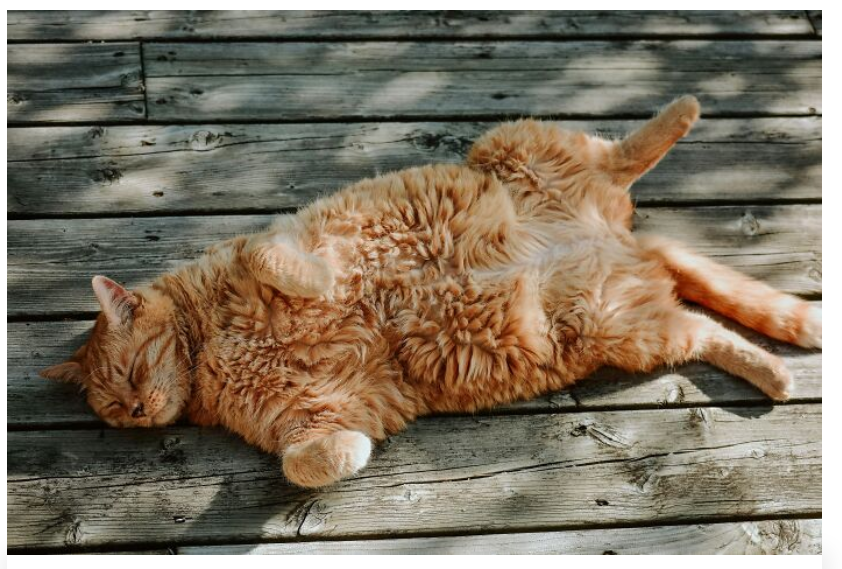
44. Lovebirds. They are LOUD and smart.
"They are clever enough to open their cage—they can figure out which way to rotate the door, and if there’s a padlock, they understand it’s the key to opening it and will try to break it with their beak."
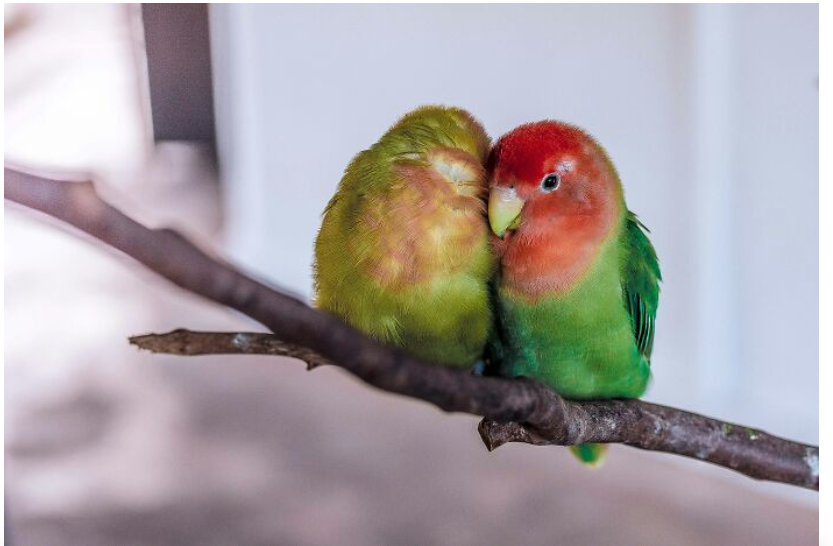
45. Turtles, especially red-eared sliders, are popular pets.
"When they’re young, they’re cute and small, and it may seem easy to care for them—but they require proper heat and UV light. Without it, they can develop respiratory diseases and may die within a few days.
They also need a large tank as they grow—really big. Some people may be tempted to release them into the wild, but that’s a big no-no. It’s illegal to release non-native animals into the wild, and this law applies in many countries."

46. “Proof that working from home was really their idea all along.”
If you have a cat, be prepared for constant “help” while working on the computer.
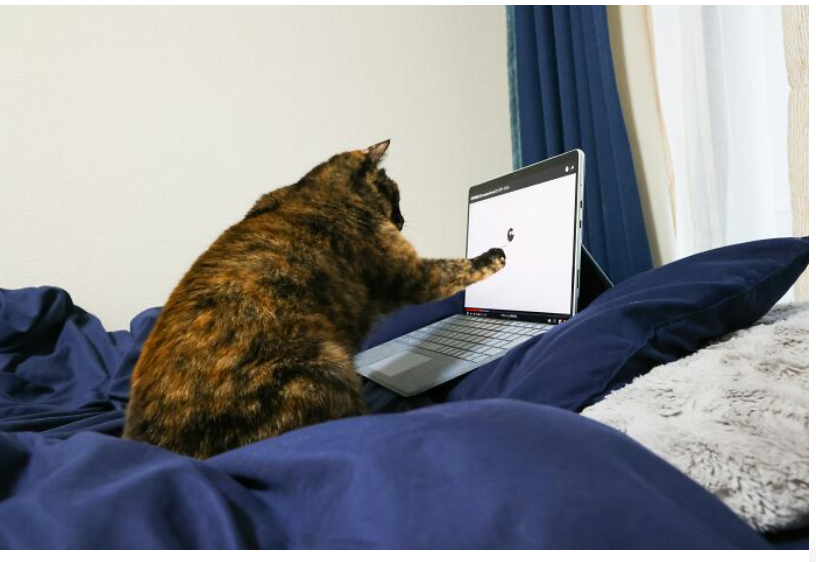
If there is a thread through all these stories, it is love that looks like work. The best pets are the ones we meet with open eyes and honest plans. Not the perfect animal. The right match. Ask what you can give them on your hardest day. Ask what they will ask of your time, your home, your heart.
Then decide with care. If you have your own warning or wisdom, add it to the list. Share this with the friend who is very close to a yes. It might save a pet. It might make a family!
Research-Based Understanding
In conclusion, prospective pet owners must delve deeper into the realities of pet ownership before making this life-changing commitment. Experts emphasize that thorough research, budgeting, and understanding emotional and behavioral needs are crucial for a fulfilling experience.
By preparing adequately and seeking guidance from professionals, potential owners can build a rewarding relationship with their pets, enhancing their lives in ways that go beyond companionship. Ultimately, responsible pet ownership leads to happier pets and owners alike, creating a harmonious household.


